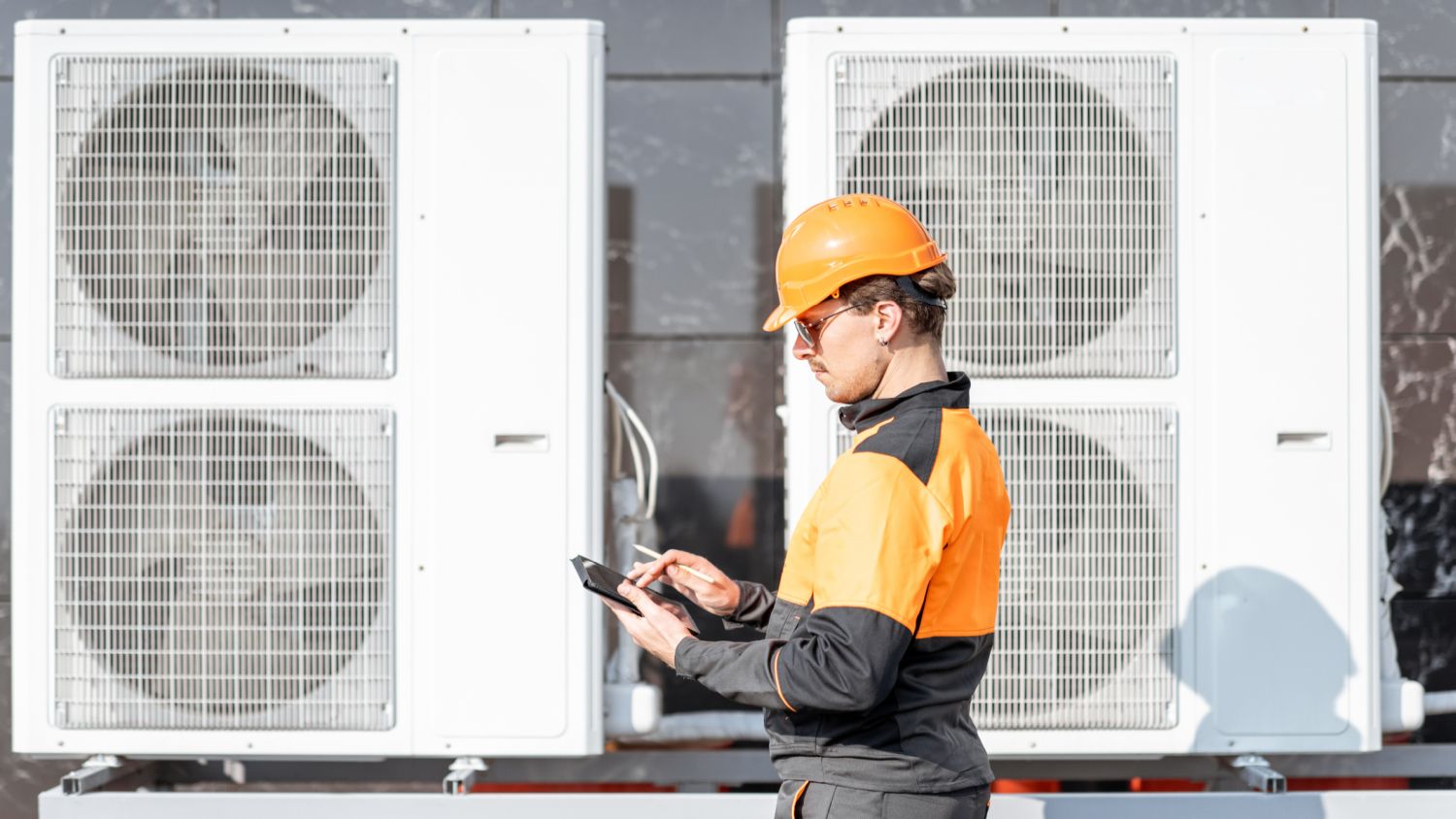
The competition watchdog, the Competition and Markets Authority (CMA) is to examine whether it needs to protect consumers from poor practices in the green heating and retrofit sectors.
It said it was taking action as more people take steps to switch to heating solutions such as heat pumps amid the energy crisis. Many are also taking steps to improve insulation in their homes to reduce household energy bills.
But the CMA says it is concerned about the potential for poor practices, such as making misleading claims about potential cost savings, product performance and suitability. It warns this is a particular concern when it comes to selling newer, next generation technologies.
Consumer groups have already raised concerns, including that consumers have a limited understanding of some newer green heating products and the process for buying them can be complicated and confusing.
Feedback sought
The CMA wants to hear about consumer and business experiences of buying or selling home insulation (including wall, loft and spray foam), as well as existing and newer next-generation green home heating technology. These include: solar, heat pumps, biomass boilers and hydrogen-ready boilers.
Sarah Cardell, the CMA’s interim chief executive, said: “Reducing energy use is at the top of everyone’s agenda – be that because of rising bills, climate change or both.
“To help more people move to green heating and better insulate their homes, it’s essential that businesses understand and follow their legal obligations when selling and installing. That way, consumers can be confident they are being treated fairly.”
The CMA has invited consumers, businesses and other interested groups to share their views through a questionnaire by 1 November 2022.
Comments
Comments are closed.











I have been thinking about air source heat pumps and in particular there position next to the building they are meant to be heating.
I think that there is a theoretical chance that when a air source Heat Pump is pa=laced next tto a wall of the building it is meant to be heating that it will actually suck out as much from that external wall as it puts in.
I liken it to the rising damp scenario ware you put a air dehumidifier in a room to reduce the moisture content in the atmosphere, the high level of moisture being due to the damp raiseing up through the all and then evaporates into the room.
When you put the air dehumidifier on it remove the moisture from the air which in turn allows the raising damp to immediately replace the removed moisture so increasing the raising damp flow and making the situation worse.
The scenario presented appears to be two different effects: that of dehumidifying to deliberately draw moisture out of an internal room space and, by extension, out of the enclosing structure with some heating and a reduced relative humidity – which should be self-limiting if effective DPM and DPCs are in place. This is different to creating a greater temperature gradient across a structure due to reduced external temperature and thus perhaps inadvertently causing a dew point to arise within the structure, again absent DPM & DPC.
An air-source heat exchanger should be sited and orientated to blow the cooled air away from adjacent walls, and in the examples I’ve seen (in Scotland), are set away from the wall to allow ambient air temperature to remain at the wall surface. If the orientation and opportunity for free circulation of air is poor, then certainly cooled air could recirculate and effectively create a self-reinforcing ‘cold trap’. This will lead to higher heat loss through the affected/chilled walls etc., and also reduce the efficiency of the exchanger performance. Consideration (in an ideal situation) would also include prevailing wind direction and solar orientation to take advantage of warmer ambient air conditions.